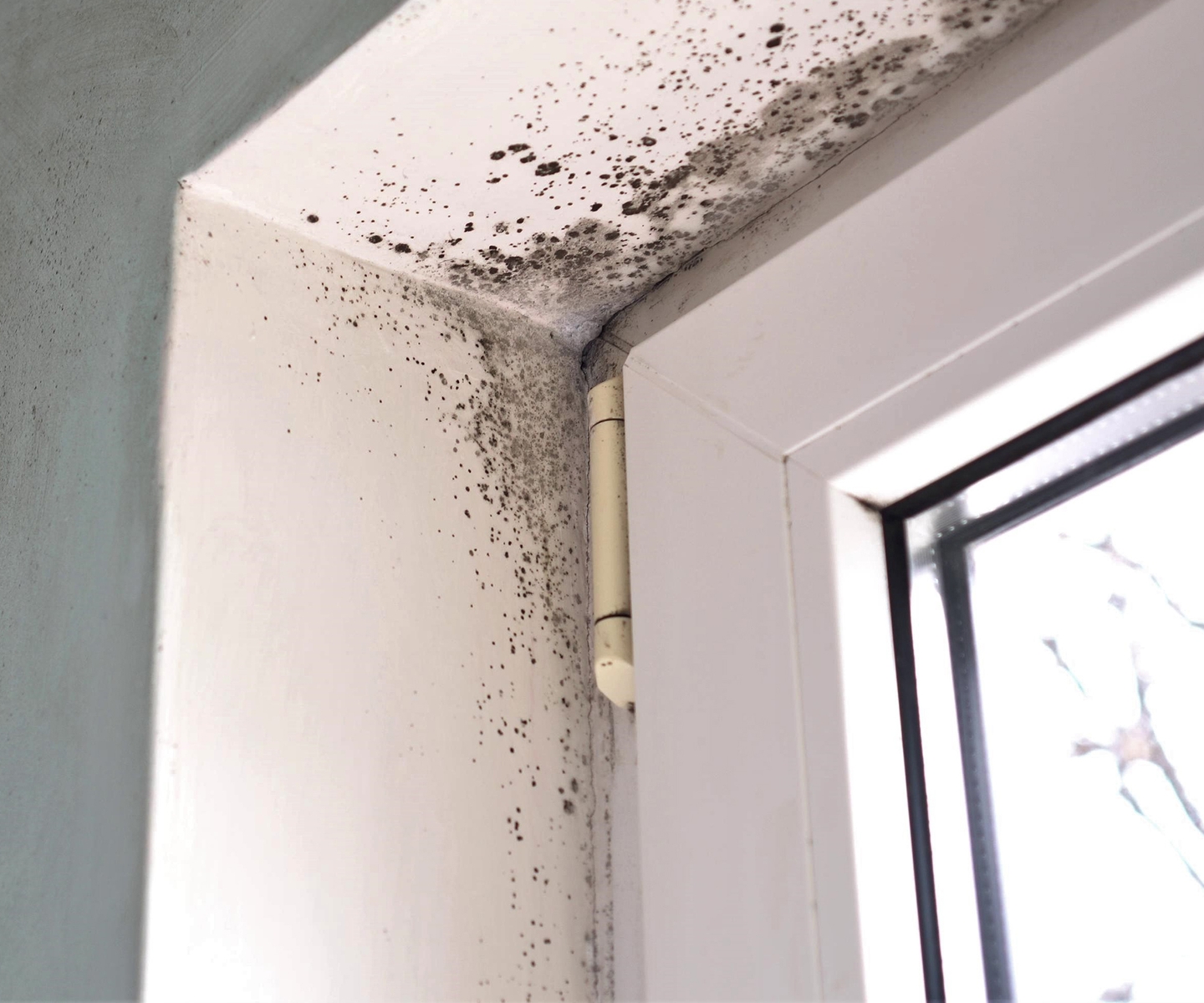Testing Air Quality After Mold Remediation
Testing Air Quality After Mold Remediation
Blog Article
Effective Blog Post Mold And Mildew Removal Solutions for Your Home
Mold growth in homes can be a relentless issue, usually calling for a systematic method for effective post-remediation remedies. From understanding the aspects that contribute to mold and mildew development to implementing appropriate cleaning methods and moisture control procedures, the process can be complex yet essential for keeping a healthy living environment. what to do after mold remediation.
Recognizing Mold And Mildew Growth Aspects
The key factor adding to mold and mildew development is moisture. Mold and mildew spores call for dampness to sprout and grow, making damp or humid settings very susceptible to mold and mildew problems.

Additionally, airflow and light direct exposure can influence mold development. Areas that lack correct ventilation and all-natural light are a lot more susceptible to mold and mildew advancement. By attending to these factors thoroughly, people can efficiently minimize mold development and guard their living atmospheres.
Correct Mold Cleansing Strategies
Using reliable cleansing methods is essential in resolving and preventing the reoccurrence of mold and mildew contamination in interior environments. When taking care of mold and mildew, it is essential to prioritize security by putting on protective gear such as goggles, masks, and gloves. The very first step in correct mold and mildew cleansing is to contain the affected location to stop the spread of spores to uncontaminated areas. This can be achieved by sealing off the space and using air scrubbers or unfavorable air makers to keep air top quality.

Carrying Out Dampness Control Measures
To successfully protect against mold growth and contamination in interior environments, carrying out dampness control actions is paramount. Moisture is the main factor that fuels mold advancement, making it critical to take care of humidity levels within the home. One efficient action is to make use of dehumidifiers to maintain interior moisture degrees listed below 60%. In addition, making sure appropriate air flow in locations susceptible to moisture accumulation, such as kitchen areas and shower rooms, can aid lower the threat of mold and mildew development. Routinely inspecting and fixing any kind of his response leakages in plumbing, roof coverings, or home windows is additionally essential in preventing excess moisture buildup. Making use of exhaust followers while food preparation or bathing, and permitting air flow by keeping furniture slightly far from wall surfaces can assist in wetness control. Using moisture-resistant materials in high-humidity locations, such as mold-resistant drywall and paints, can be valuable. By carefully executing these moisture control measures, property owners can effectively reduce the possibility of mold recontamination and preserve a healthy indoor atmosphere.
Using All-natural Remediation Solutions
After efficiently implementing wetness control actions to avoid mold and mildew growth in interior environments, property owners can currently discover the effectiveness of natural removal options in maintaining a healthy space. All-natural remediation services use environmentally friendly approaches to battle mold and mildew, making them a popular option for those looking for non-toxic alternatives. One such service is utilizing vinegar, an all-natural antimicrobial representative, to disinfect and tidy surface areas polluted by mold and mildew. Simply water down vinegar with water and spray it onto the influenced locations, permitting it to rest for a couple of hours prior to wiping tidy. In addition, tea tree oil, recognized for its antifungal buildings, can be combined with water and splashed onto mold-infested surface areas to hinder more development. Go Here One more all-natural option is hydrogen peroxide, which can successfully kill mold on various surfaces without leaving hazardous residues behind. By incorporating these natural remediation services into their cleaning regimens, home owners home can properly combat mold development while advertising a much healthier indoor environment on their own and their family members.

Keeping a Mold-Free Environment
On a regular basis checking locations prone to mold and mildew development, such as shower rooms, attics, cellars, and kitchen areas, is essential. Proper air flow in locations with high humidity degrees is likewise essential to avoiding mold and mildew growth.
Additionally, preserving tidiness in the home is vital for mold and mildew avoidance. Keeping interior plants in check and guaranteeing correct water drainage in outdoor landscaping can lessen dampness accumulation, reducing the likelihood of mold invasions.
Conclusion
Finally, it is vital to attend to mold development elements, use correct cleaning strategies, execute moisture control procedures, use all-natural remediation remedies, and preserve a mold-free setting in order to successfully deal with blog post mold removal in your home - Post Mold Remediation. By complying with these strategies, you can stop mold and mildew from repeating and make certain a healthy living atmosphere for you and your family members
The primary aspect adding to mold growth is dampness. Mold and mildew spores require wetness to prosper and sprout, making moist or wet environments highly prone to mold and mildew problems.To effectively avoid mold and mildew development and contamination in interior environments, implementing moisture control steps is vital. In addition, ensuring proper ventilation in areas susceptible to moisture accumulation, such as kitchens and restrooms, can assist minimize the danger of mold and mildew development.After successfully executing wetness control procedures to protect against mold and mildew development in interior settings, home owners can now check out the efficiency of natural remediation services in maintaining a healthy living space.
Report this page